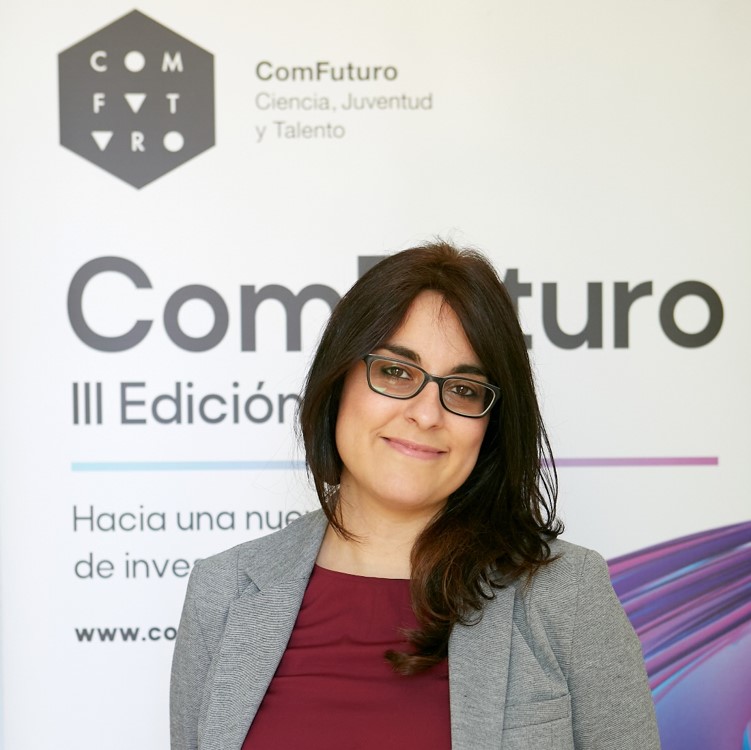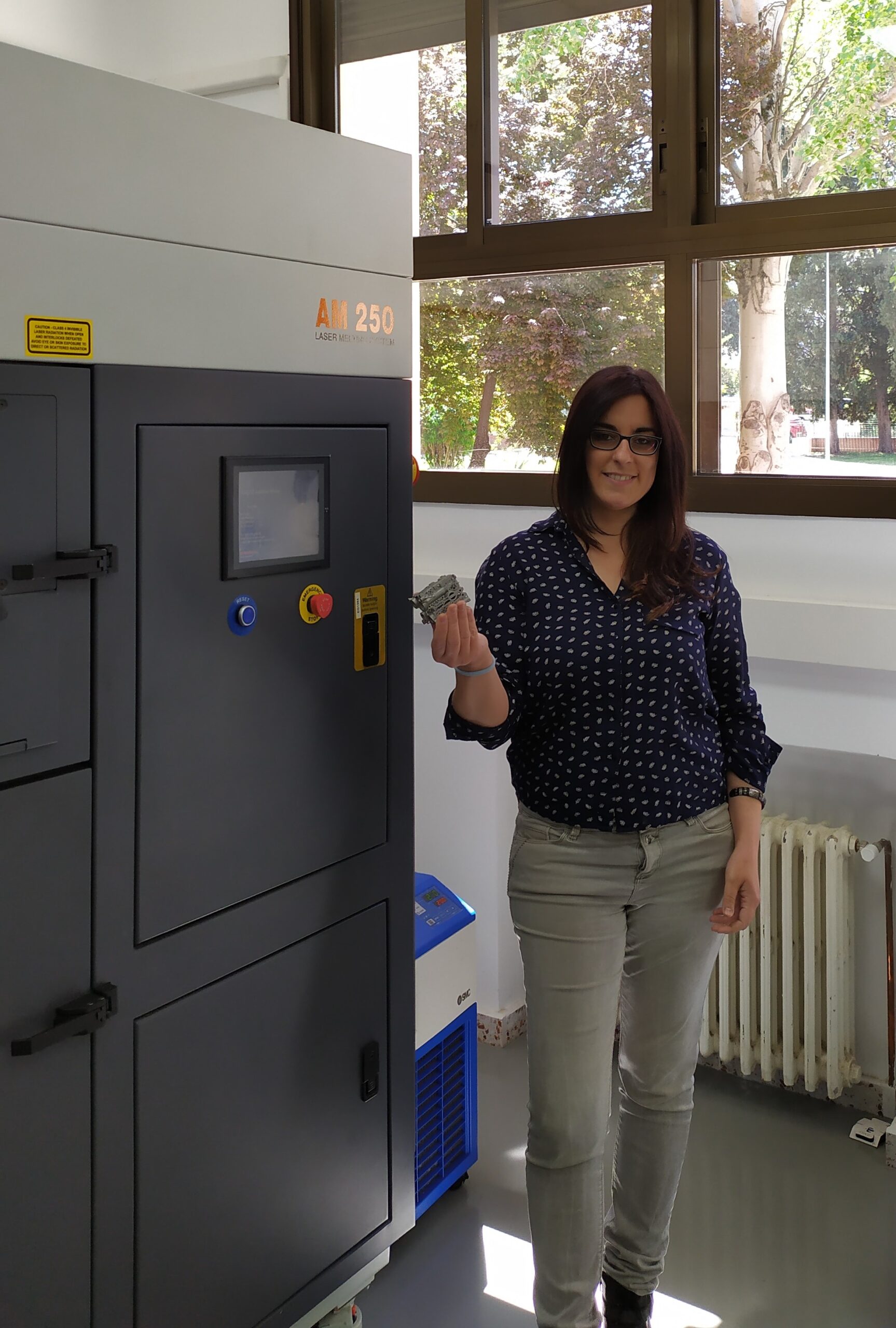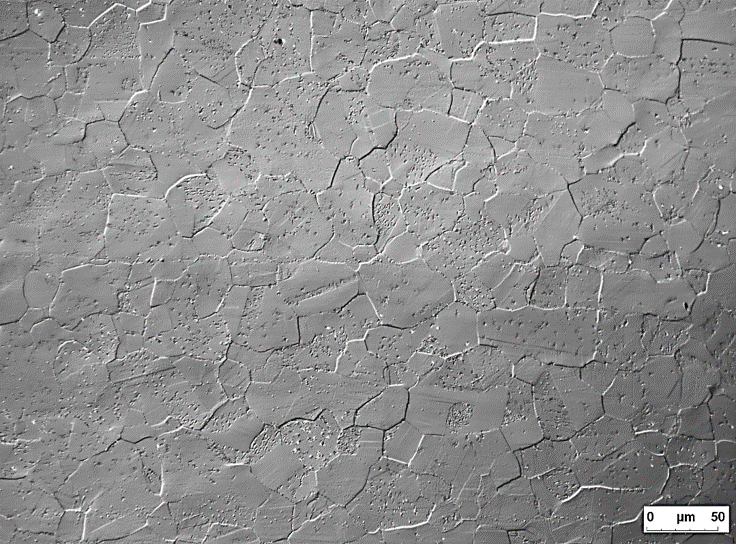
Lucía Morales Rivas holds since 2016 a PhD degree in Materials Science and Engineering, which got International Mention and was awarded the extraordinary prize by the Universidad Carlos III de Madrid.
Her research line involves the development of new steels and other metallic materials with improved mechanical properties through the study of mechanisms governing phase transformations, deformation, and failure, from both experimental and theoretical approaches.
She has co-authored more than 30 scientific publications and has supervised numerous graduate and postgraduate theses.
Between 2016 and 2022 she was affiliated with the Technische Universität Kaiserslautern (Germany), where she led as principal investigator a 3-year project on the fatigue behaviour of nanostructured steels.
In 2022 she joined the Centro Nacional de Investigaciones Metalúrgicas (CENIM, CSIC) in Madrid, where, since April 2023, she is conducting her project Austanding as a ComFuturo fellow.


Extended project summary:
Additive manufacturing (AM), also known as 3D printing, based on layer-upon-layer building, is continuously proving itself to be a groundbreaking technology shaking metallurgists into the design of new alloys and complex microstructures, and, likewise, mechanical engineers into the conception of optimized parts. Heat exchangers are among the applications which most benefit from AM, as it enables the manufacturing of geometries otherwise impossible as a single part. The need of operation within a wide range of temperatures in corrosive environments might make the selection of austenitic stainless steels preferable over other alloys, owing to their superior stability. However, a disadvantage of stainless steels with respect to their competitors is the poor thermal conductivity of the former. Wall thickness reduction resulting in a better thermal transfer between fluids is limited by the strength-to-weight ratio of the corresponding material. Additionally, an appropriate ductility of AM-produced stainless steels is a clear prerequisite for high-pressure tubes and vessels.
With such a motivation, the AUSTANDING project aims to design a new AM-manufactured austenitic stainless steel, in particular using selective laser melting (SLM), following these strategies: high nitrogen content, and a mechanical composite behaviour conferred by an engineered sandwich-like microstructure. In this sense, the increase in content of critical chemical elements such as nickel will be avoided, resulting in an improvement in terms of sustainability. Computing tools based on thermodynamics and crystallography will be used for an optimum design.

Figure. Austenitic stainless steel
Scientific output derived from the ComFuturo AUSTANDING Project
Book chapters
A. Eres Castellanos; L. Morales Rivas; A. Rodríguez Prieto; F. G. Caballero; A. M. Camacho (2023). Capítulo VIII. Procesos de Fusión de Lecho de Polvo (PBF) Aplicados a Metales. FABRICACIÓN ADITIVA. UNED EDITORIAL. ISBN: 975-84-362-7945-0-04007
Works presented at congresses
L. Morales-Rivas. Austenitic stainless steel with sandwich microstructure manufactured by selective laser melting, 17th European Congress and Exhibition on Advanced Materials and Processes (FEMS EUROMAT 2023). Poster. Frankfurt am Main, Germany. 03/11/2023-07/11/2023
L. Morales-Rivas. Fatigue response of bainitic/martensitic steels: notch effect and microstructure. The International Conference on Processing & Manufacturing of Advanced Materials (THERMEC 2023). Oral presentation. Wien, Austria. 02/07/2023-07/07/2023